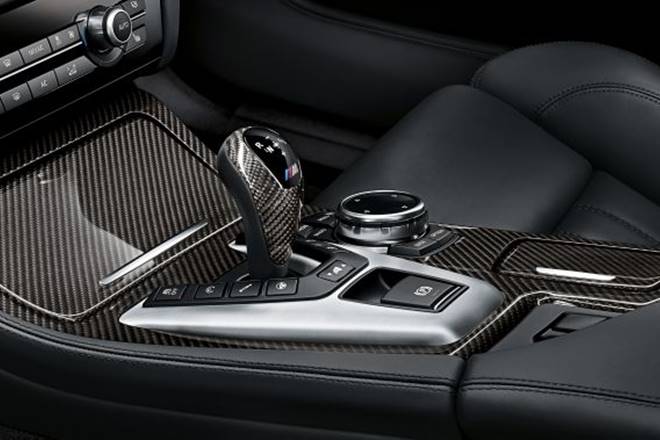
With automatic transmission, driving has become easier, but the gearstick remains where it has been for quite some time—between the front seats. However, if you’ve driven new Mercedes-Benz cars, you would have noticed you don’t need to take your left hand off the steering wheel to use the gearstick—right hand fingers do the job. A traditional automatic gearstick has a PRNDS layout—P for park, R for reverse, N for neutral, D for drive, and S for sport mode. Certain gearsticks have an L (low) setting, which keeps vehicle speed low and engine speed high, for more pulling power. The automated manual transmission (AMT) gearstick doesn’t have the P setting—you’ve to instead use parking brake. Most have a manual mode—either as a (+) or (-) on the gearstick, or in the form of shift paddles on the steering wheel.
The PRNDS layout is usually top-to-bottom, and clockwise in most Jaguar Land Rover cars. So, which of these layouts is most convenient to use, and which makes most sense?
PRNDS top-to-bottom
It’s the most popular setting in India. It’s simple to use—the natural to-and-fro movement of your left arm makes it easy to operate. However, the PRNDS gearstick takes up space on the console between the front seats, which could have been used for extra storage. Also, while the gearstick has a covering to protect it especially from liquids, what if you spill, say, coffee on it? It can be a mess.
PRNDS clockwise
It’s seen in new Jaguar Land Rover cars. While it might look confusing—the circular knob sinks inside the centre console when the engine is switched off—it’s easy to operate. Rather than the to-and-fro arm movement for the PRNDS top-to-bottom layout, here you just rotate the knob clockwise or anticlockwise.
PRNDS buttons
The new Honda CR-V doesn’t have a stick, but buttons on the upper part of the centre console. While it does free up space between the front seats, a slight disadvantage is that you have to take your eyes off the road to shift from, say, P to R modes. You only have to get used to it.
Stalk on the steering wheel
Mercedes-Benz has moved the automatic transmission selector as a stalk on the right side of the steering wheel. It has a simple layout—push up for ‘reverse’, and down for ‘neutral’ or ‘drive’ gears. A button at the end of the stalk puts the gearbox in ‘park’ mode. It’s convenient to operate than PRNDS gearstick because you don’t have to take your hand off the steering wheel. It also frees up precious real estate on the centre console. For safety, whenever the door is opened, the gearbox automatically goes into ‘park’ mode.
Why are gear-controls changing?
Earlier, the gearstick used to be mechanically connected to the transmission, which usually runs under the car’s body, between the front seats. But now all controls are electronic, so a physical shifter is no longer needed. With the press of a button or the slide of a stack, a signal goes to the transmission to change gears. This gives a lot of room to car designers to place the gearstick wherever they can, or even do away with one, and instead introduce new gadgets inside the cabin.
(This article is based on the author’s driving experience on multiple automatic gearbox cars.)




















